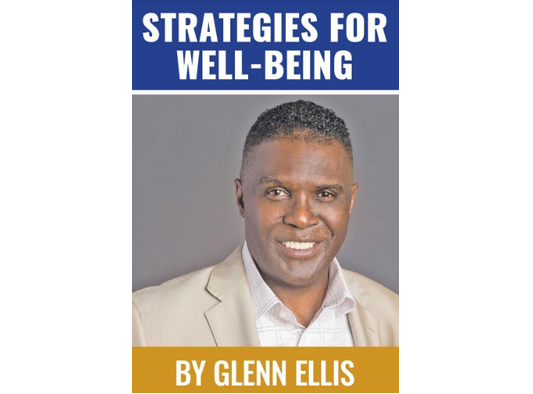By Glenn Ellis
It’s a common fear among many with aging parents: a dreaded phone call comes in the middle of the night that a loved one has suffered a nasty fall. The consequences can be devastating.
Falls and fractures in the elderly are among the leading causes of disability and can lead to death for some. In addition to potentially losing their independence, seniors 65 years old and up have a 25 percent chance of dying within six months to a year if they fall and break a hip. According to some estimates, unintentional falls result in about 33,000 deaths of older adults in the U.S. each year.
One of the most serious fall injuries is a broken hip. It is hard to recover from a hip fracture and afterward many people are not able to live on their own. As the U.S. population gets older, the number of hip fractures is likely to go up. Women experience three-quarters of all hip fractures. This is because women more often have osteoporosis, a disease that weakens bones and makes them more likely to break. This is why it is important for women to be screened throughout life for osteoporosis and treated if needed.
Falls can also cause broken bones, like wrist, arm, head injuries, ankle, and hip fractures.
Head injuries can be very serious, especially if the person is taking certain medicines (like blood thinners). An older person who falls and hits their head should see their doctor right away to make sure they don’t have a brain injury.
Not all falls will result in a fracture or injury, but the statistics show that one out of five falls causes a serious injury such as broken bones or a head injury.
Most elderly patients with hip fractures will remain hospitalized for about two weeks, followed by a period of rehabilitation. Sadly, about half of all seniors hospitalized for hip fracture cannot return home or live independently after the fall.
As studies have found that a majority of people over the age of 65 take five or more medications, it is important to know that there is a medication risk to falling for seniors and the elderly.
Any medication acting on the brain (psychotropics) or affecting cardiovascular function can increase fall risk.
Psychotropics including sedative-hypnotics, antipsychotics, antidepressants, anticonvulsants, and narcotic pain medications typically increase risk of falling due to their effects on cognitive function; resulting in sedation, slower reaction times, and impaired balance. Cardiovascular medications often either lower blood pressure or affect heart rate. Any drug that reduces blood pressure or slows the heart may cause falls, faint feelings, loss of consciousness, or “legs giving way.”
Due to the multitude of unforgiving and slippery surfaces, bathrooms are very hazardous for the home. A study from the National Institute on Aging found that up to 80 percent of falls in the home are in the bathroom. Anyone can stumble and fall in the bathroom but having poor muscle strength and balance, as many elderly do, is strongly associated with increased risk.
Knowing how to get in and out of tubs and showers properly and equipping homes with necessary safety precautions can reduce senior falls, keep them out of the emergency room and possibly extend their life. A shower chair can provide stability for an elder with difficulty balancing and a rest place for those who have difficulty standing for long periods of time. A good shower chair has rubber tips on the legs to prevent sliding. When used with a hand-held shower head, an elder can remain seated while bathing.
One of the most effective ways to preserve balance is to stay active with an exercise regimen. Ask your doctor about exercises designed to improve balance, stability and overall mobility, such as moderate yoga.
And there is the risk factor that simply comes along with aging: vision and failing eyesight. Have your eyes checked by an eye doctor at least once a year and be sure to update your eyeglasses if needed. If you have bifocal or progressive lenses, you may want to get a pair of glasses with only your distance prescription for outdoor activities, such as walking. Sometimes these types of lenses can make things seem closer or farther away than they really are.
There are some critical things that you must do in the residence of a person at risk for falls and fractures: Get rid of things you or your loved one could trip over. Add grab bars inside and outside your tub or shower and next to the toilet. Put railings on both sides of stairs. Make sure your home has lots of light by adding more or brighter light bulbs.
Keep in mind that falling once doubles your chances of falling again.
Glenn Ellis, is Research Bioethics Fellow at Harvard Medical School and author of Which Doctor?, and Information is the Best Medicine. Listen to Glenn, on radio in Birmingham or V94.9, Sundays at 7:50pm, or visit: www.glennellis.com.




